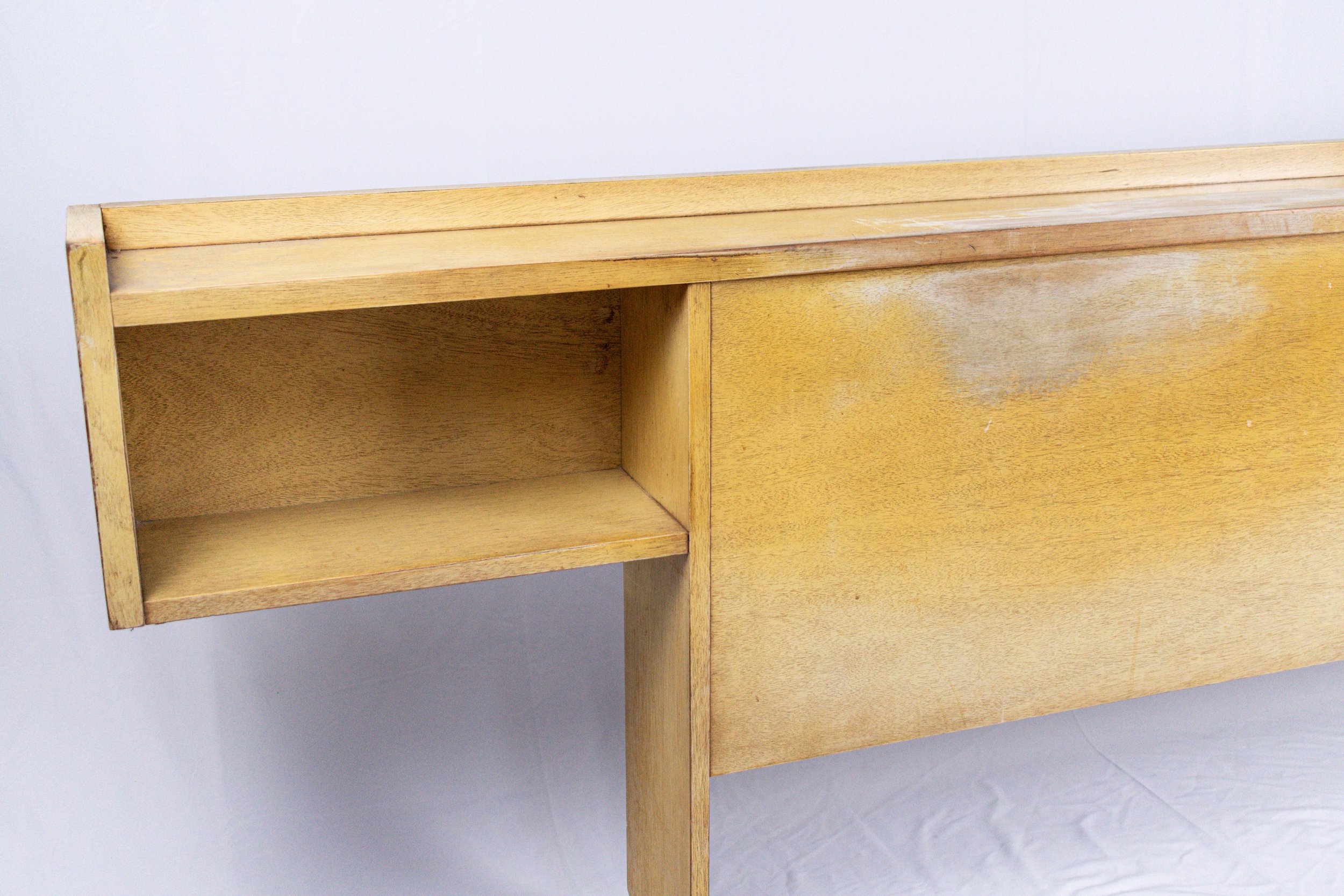Exploring the Distinctive Traits of Mid-Century and Mid-Century Modern Styles
The furniture design and restoration world is replete with diverse styles, each with unique characteristics and historical significance. Two terms that often spark interest and curiosity are "mid-century" and "mid-century modern." While these terms may sound similar, they refer to distinct design movements that emerged during the 20th century. In this comprehensive exploration of the key differences between mid-century and mid-century modern furniture styles, we will delve into their origins, features, and relevance in furniture restoration and design.
Understanding Mid-Century Furniture Style:
The term "mid-century" is a broad reference to the middle decades of the 20th century, roughly spanning from the 1930s to the 1960s. This era was marked by significant social, cultural, and technological changes, which also influenced the design trends of the time. Mid-century furniture style encompasses a wide array of design elements that reflect the aesthetics of the mid-20th century. This includes furniture pieces, architecture, and décor that were prevalent during this period.
Distinctive Traits of Mid-Century Furniture Style:
Organic Forms: Mid-century design embraces organic forms and natural materials. Furniture pieces often feature clean lines, gentle curves, and an emphasis on showcasing the inherent beauty of wood and other materials.
Minimalism: While mid-century furniture design is not as minimalist as its modern counterpart, it does exhibit a departure from the ornate styles of earlier periods. The focus is on functionality and simplicity, with less elaborate ornamentation.
Geometric Patterns: Mid-century design frequently incorporates geometric patterns, whether in furniture upholstery, wallpaper, or decorative accents. These patterns add a touch of visual interest to the space.
Understanding Mid-Century Modern Furniture Style:
Mid-century modern furniture, often called MCM, is a more specific subset of the mid-century style that gained prominence in the 1950s and 1960s. It's characterized by a particular design philosophy that marries form and function while embracing innovation and futuristic thinking.
Key Features of Mid-Century Modern Furniture Style:
Clean Lines: Mid-century modern design strongly emphasizes clean, uncluttered lines. Furniture pieces are sleek, with minimal decorative detailing.
Integration of Nature: Like mid-century style, mid-century modern design values the connection to nature. However, MCM takes it further by incorporating large windows, open spaces, and a seamless transition between indoor and outdoor areas.
Iconic Furniture: Mid-century modern design is associated with iconic furniture pieces that have stood the test of time. Designers like Eames, Saarinen, and Noguchi created chairs, tables, and other pieces celebrated for their innovative design and enduring appeal.
Furniture Restoration: Bringing Mid-Century Styles Back to Life
In furniture restoration, the distinction between mid-century and mid-century modern styles is vital. The restoration process involves preserving the structural integrity of these classic pieces and recapturing their original design essence.
When restoring mid-century furniture style, the emphasis is on retaining the organic forms and minimalist characteristics. This often involves repairing or refinishing wood surfaces to bring out their natural beauty. Additionally, reupholstering with fabrics that incorporate the era's geometric patterns can bring new life into these timeless pieces.
Restoration focuses on preserving the clean lines and iconic design elements for mid-century modern furniture. Repairing or replicating specific hardware or materials used in these pieces is crucial to maintaining authenticity. Integrating nature into the restoration process may involve enhancing the furniture's relationship with the environment it inhabits.
Distinguishing Between the Two in Furniture Restoration:
Understanding the differences between mid-century and mid-century modern styles is essential in furniture restoration. Restoration specialists need to be well-versed in the distinct design philosophies of these eras to ensure that each piece is brought back to its original glory.
While both mid-century and mid-century modern styles share a love for clean lines, organic forms, and functional design, the primary distinction lies in the specificity of mid-century modern. MCM is a subset of the mid-century style characterized by its futuristic thinking, emphasis on innovation, and iconic furniture designs.
In furniture restoration, words like "mid-century" and "mid-century modern" hold distinct meanings that reflect the unique design philosophies of their respective eras. Restorers play a crucial role in preserving the authenticity and beauty of these timeless pieces, offering a chance to bridge the past and the present for furniture enthusiasts and collectors alike. As mid-century and mid-century modern furniture continue to inspire and influence contemporary interior design, restoration ensures that their legacy endures for generations.
About the Authors
Jamie and Lyle, MCM enthusiasts at Plaidsmith.com, offer hands-on experience and expert insights into mid-century modern design. They curate authentic pieces, share historical context, and guide clients to make informed choices. Their expertise spans iconic designers, restoration techniques, and trends. Trusted authorities in the field continually expand their knowledge to stay at the forefront of MCM. Beyond work, they explore auctions, learn restoration techniques, and enjoy vintage catalogs, embodying their passion for mid-century modern design.



